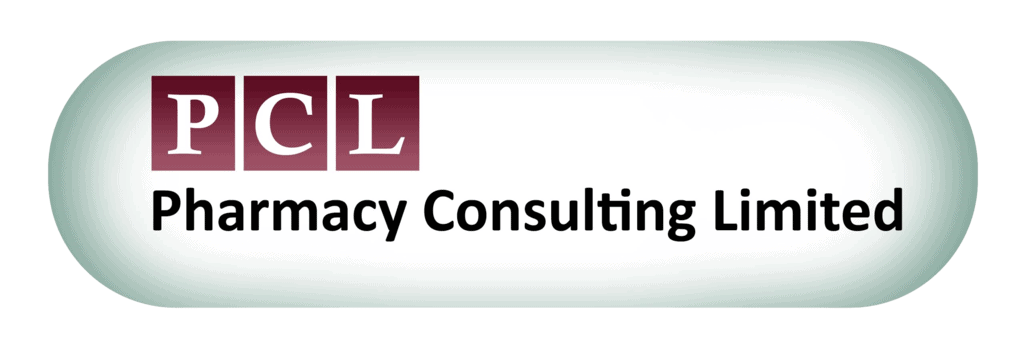To what extent now, do we – when exporting – need to be aware of the local guidelines of those countries outside of the EEA we are shipping Pharmaceutical products to? It seemed to be a little more clear-cut before. We could find out if the recipient company was appropriately accredited, obtaining any local authority license details, and translation if required. We could do as many bona-fide checks that could be professionally and ethically satisfactory.
However, more recently, it would appear the expectations are changing a little. The limits to what you- the exporter, or the importer – have found out and understood about the non EEA country you are dealing with, are extending. Going along similar lines with Transportation, you have a growing responsibility within the lifespan of that product.
The opportunities of exporting to companies within nations of growing economies in, say, Africa and Asia are increasing. So we should not be surprised that the evidence we build of safety, compliance, and, most importantly, product efficacy needs to grow as well.
I, and many of my colleagues, have experienced a more demanding inspectorate as far as these activities are concerned – with evidence of local guidelines pertaining to storage, transport, licensing and recalls expected. Including the similarities and differences between those local guidelines, and the current EEA ones. To be honest, this is all a good thing. Additional work, yes- but possibly a taste of what we will need to be more accustomed to in the future.
To what extent now, do we – when exporting – need to be aware of the local guidelines of those countries outside of the EEA we are shipping Pharmaceutical products to? It seemed to be a little more clear-cut before. We could find out if the recipient company was appropriately accredited, obtaining any local authority license details, and translation if required. We could do as many bona-fide checks that could be professionally and ethically satisfactory.
However, more recently, it would appear the expectations are changing a little. The limits to what you- the exporter, or the importer – have found out and understood about the non EEA country you are dealing with, are extending. Going along similar lines with Transportation, you have a growing responsibility within the lifespan of that product.
The opportunities of exporting to companies within nations of growing economies in, say, Africa and Asia are increasing. So we should not be surprised that the evidence we build of safety, compliance, and, most importantly, product efficacy needs to grow as well.
I, and many of my colleagues, have experienced a more demanding inspectorate as far as these activities are concerned – with evidence of local guidelines pertaining to storage, transport, licensing and recalls expected. Including the similarities and differences between those local guidelines, and the current EEA ones. To be honest, this is all a good thing. Additional work, yes- but possibly a taste of what we will need to be more accustomed to in the future.
